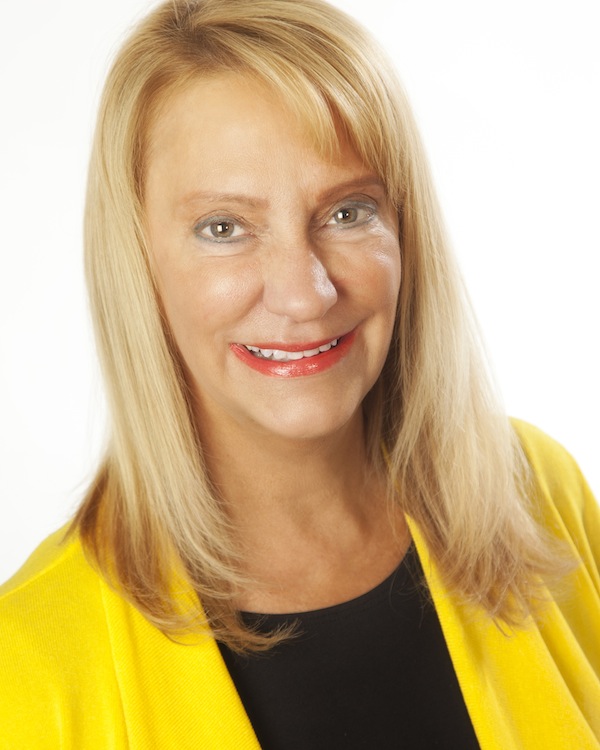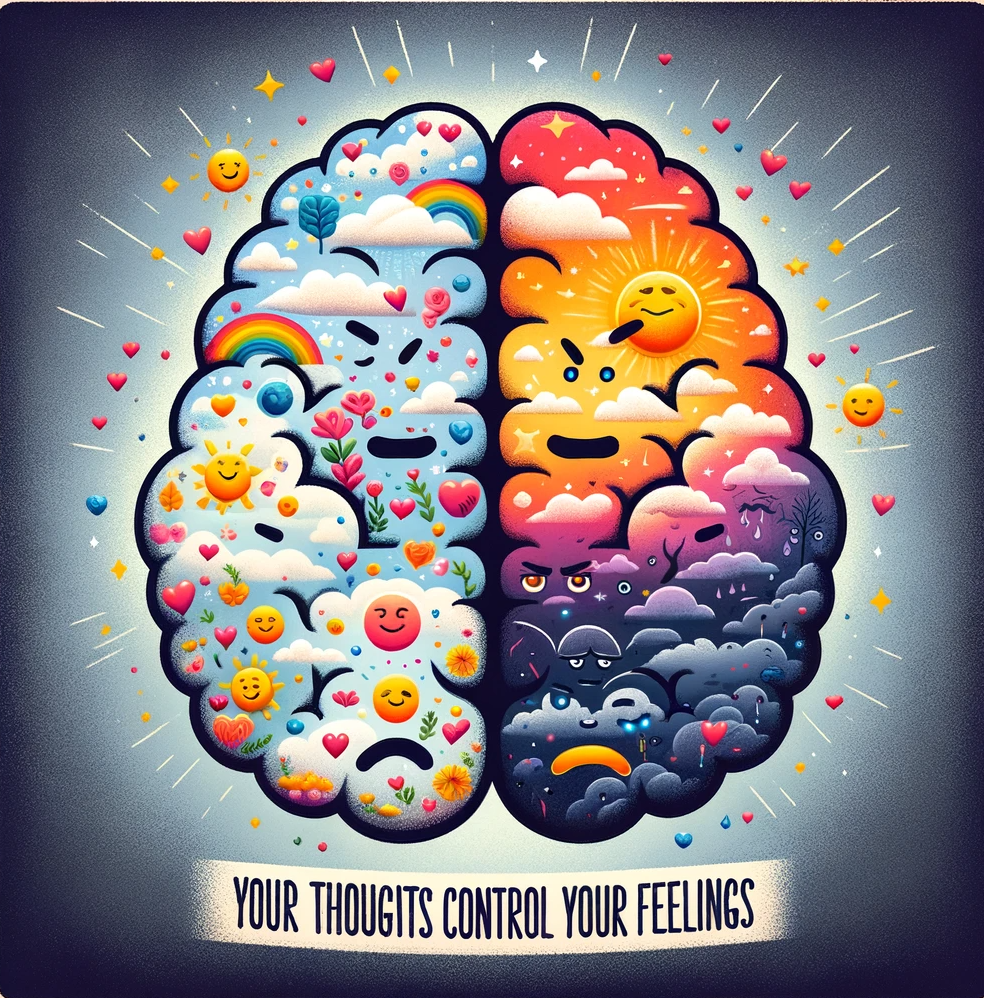Let’s face it. We’re being deprived of a lot of things in our lives right now. Going where we want to go – and doing what we want to do.
Although there’s a good rationale for this, it’s just human nature to think about what’s missing — instead of what we have. No doubt, you’re feeling this on a lot of levels. Some of you are missing your old routines. Some are consumed that this public health threat will affect your loved ones. And others are missing steady paychecks. All of which lead to stressful thoughts. And, since our thoughts control our feelings, this can also lead to negative emotions that greatly impact your life. Did you know we think about 60,000 thoughts a day – and that many of them are the same ones we thought yesterday? No wonder we can find ourselves in a downward spiral!
The Emotional Toolbox
There’s a theory that positive and negative emotions cannot occupy the mind at the same time. So, it stands to reason if we just experience positive emotions all the time, the negative ones won’t be able to creep in, right? It’s not that simple – or desirable. In his seminal work, Think and Grow Rich, author Napoleon Hill spent 20 years interviewing the most successful people in America to learn their secrets – Thomas Edison, Henry Ford, etc. Hill not only explored the richness of material wealth, but also the characteristics that caused these people to lead full, rich lives. His theory breaks down as follows. Emotion has been described as “energy in motion.” It’s a way of expressing ourselves – and impacts how we show up in our lives. You’re always experiencing some type of emotion or feeling. Your emotional state varies throughout the day as a result of what happens to you – and what you choose to think about those things. From his research, Hill categorized positive and negative emotions as follows.
Positive Emotions
- Faith
- Hope
- Desire
- Love
- Romance
- Sex
- Enthusiasm
Negative Emotions
- Fear
- Anger
- Hatred
- Revenge
- Jealousy
- Greed
- Superstition
While there are many theories on emotions, I’ve found this one to be very thought provoking. And I’ve tried it out on myself. I have to admit that when I’m experiencing one of the positive emotions, there’s not much room for the negative ones. Not that we live a Pollyanna existence. It’s the contrasts we experience that weave the rich tapestries of our lives.
The Power of the Present Moment
I believe Hill was referring to the present moment when he developed his theory. Obviously, one could feel desire for something one moment – and experience fear about achieving it in the next moment. Or one could be angry at a spouse and still feel love for him or her. The key, in my opinion, is to recognize which emotions you’re feeling in any given situation – in the moment. If you’re stuck in a negative mode, it may be helpful to look at the list of seven positive emotions to see if you can find some reason to experience one of them. Your thoughts control our feelings, and you’re in control of your thoughts. Even if it’s for a short time, the possibility exists to flip the emotion. We’re not always conscious of our emotional states – and what is influencing them, according to a published review by Gonzales, Barrull, Pons and Marteles on a pioneering study on emotions by Professor V.J. Wukmir, author of “Emotion and Suffering.” When emotions are described as positive or negative in the study, it’s not so much a value judgment as it is a description of the main action of each group. Negative emotions express an intention to exclude – strengthening one’s position at the expense of others. They’re fueled by an underlying fear of the unknown, a fear of the actions of others, a need for control and the pull to avoid being harmed. Positive emotions express an intention to include – taking a whole into consideration. Positive emotions involve the exploration of more viewpoints – and interaction with others. They’re fueled by an underlying desire for enjoyment and unity. Some emotions camouflage as positive or negative — and are the opposite of what they pretend, according to the Transformational Processing Institute. For example, there’s a type of pity that appears as a genuine concern for others, but is actually taking comfort in the fact that someone else is worse off than you. Although it may sound like negative emotions are just something to get rid of, that’s not necessarily the case. They can reveal something you don’t know and can’t deal with. If that becomes motivation to then learn it and deal with it, this can be very useful. On the other hand, if you’re always joyful you might not notice things that are wrong. As human beings, we express all sorts of emotional combinations. Some of you may be stuck in a negative emotion right now. In stressful situations, we tend to react according to emotional patterns. A casual remark might push a button that unleashes pent-up anger, for example. Acceptance is something we’re all learning more about these days. Cue the Serenity Prayer from 12-step programs: “God grant me the serenity to accept the things I cannot change, the courage to change the things I can, and the wisdom to know the difference.” ©2020 Linda Arnold Live Life Fully, all rights reserved. Linda Arnold, M.A., M.B.A., is a syndicated columnist, psychological counselor and founder of a multistate marketing company. Reader comments are welcome at linda@www.lindaarnold.org. For information on her books, go to www.lindaarnold.org/books or Amazon.com


